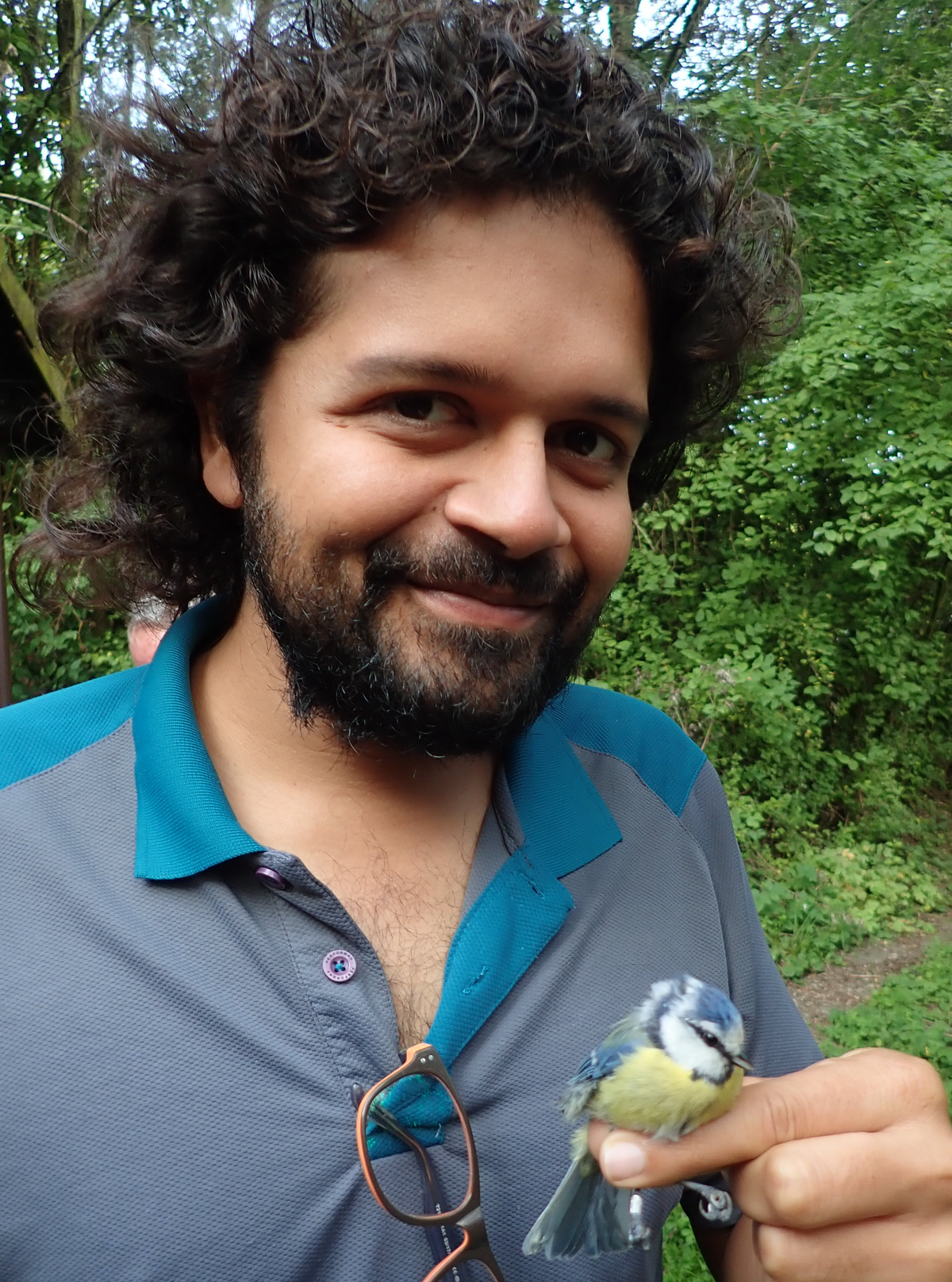How do I convert my idea to an experiment in the Barn?
Time
Monday, 11. January 2021
11:45 - 12:45
Location
online
Organizer
Centre for the Advanced Study of Collective Behaviour
Speaker:
Hemal Naik, CASCB
This event is part of an event series „This event is part of CASCB Seminar Series“.
Join Zoom Meeting
Meeting ID: 921 8007 7690
Hemal Naik is a Post-Doctoral Researcher at the Max Planck Institute of Animal Behaviour in Konstanz, Germany. His research focuses on developing computer vision algorithms for practical applications. He is interested in exploring new ways of studying animal behavior and understanding of the natural world using advance computer vision techniques. His goal is to design low cost computer vision solutions for wildlife monitoring and conservation related projects.
How do I convert my idea to an experiment in the Barn?
Did you know that by mid 2021 CASCB will have up to 4 (Four-Chaar-Vier) different types of 3D tracking facilities?
I am sure you have heard about the Barn or soon to be finished Imaging Hangar at the new VCC building. Do you already have an idea that you would like to try in one of these facilities? But wait, maybe there is a thick cloud of questions about the existing setup and technology. Probably, you want to know more about it before taking a deep dive in the world of possibilities and imagination. Maybe, you are not sure if the current technology is sufficient to solve your problem? You don't know the complexity of using the system? Are you concerned if your students have the required skillset to use the system? How will you get the best tracking results? How to approach designing a solution for your tracking problem? Is it possible to do closed loop experiments? How does the data look like? etc.
It does not matter if you are a computer scientist, a biologist or a psychologist. All these are genuine questions and we would like to start discussing these within our community to come up with new ideas. As a start, I will try to answer some of these questions by showing some concrete examples of a range of experiments that have been conducted in the Barn with different types of animals (incl. humans). I will introduce our existing practices and initiatives that are directly aimed to help researchers plan their research from discussing an idea to prototyping or testing and finally conducting a full fledge experiment.

